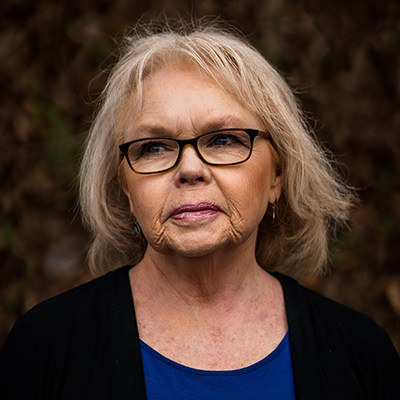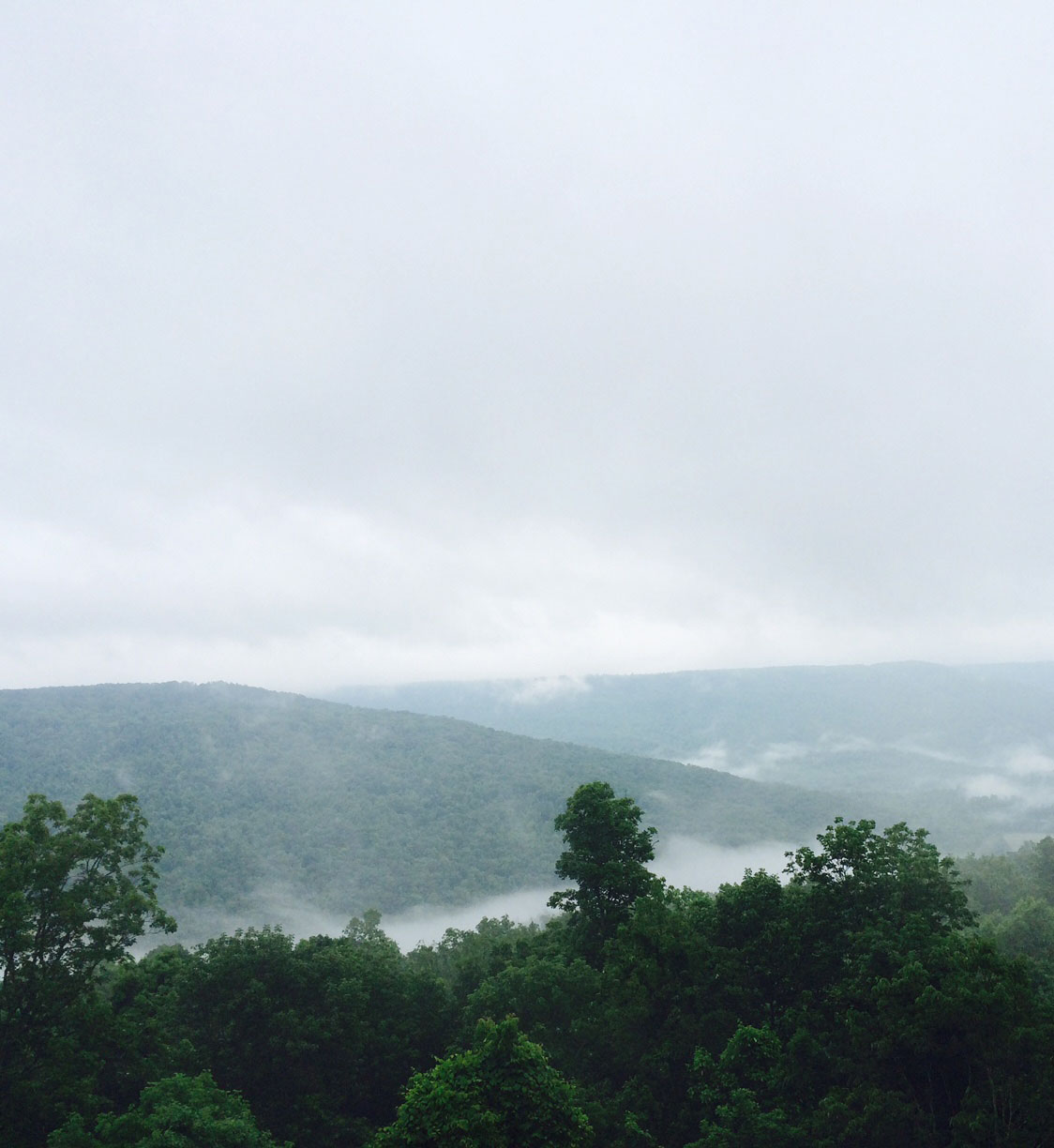Spinning through Knoxville
On seeing Knoxville’s past and present
I watch the TikTok videos of a man in Knoxville. He roller skates — backwards — across Market Square plaza, inside and outside the Convention Center, and down Volunteer Landing that snakes parallel to the Tennessee River. He skates down the brightly graffitied Strong Street alley. Marvin Gaye’s “Mercy, Mercy Me” plays as he skims past the images and murals on the alley walls. The pictures swirl into swaths of neon colors like a psychedelic dream.
 He skates through the narrow passes of Knoxville’s revered Old Gray Cemetery. Lizzie Crozier French is buried there — the suffragist who was instrumental in getting the 19th Amendment passed so that women could vote. But a man on roller skates in a graveyard is cheeky, and the headstones whiz by like Burma-Shave signs.
He skates through the narrow passes of Knoxville’s revered Old Gray Cemetery. Lizzie Crozier French is buried there — the suffragist who was instrumental in getting the 19th Amendment passed so that women could vote. But a man on roller skates in a graveyard is cheeky, and the headstones whiz by like Burma-Shave signs.
To see a grown man in dapper clothing skate so elegantly through the places where I grew up is thrilling. It’s like watching a film from the point of view of someone sitting backwards on a roller coaster. You anticipate the drop; you feel a little dizzy and nauseous. Still, it’s so much fun to recognize landmarks as they buzz by: the Sunsphere, the Henley Street Bridge arched across the brown-green waters of the river, the State Street garage, gravestone after gravestone after gravestone.
While I watch, I remember the landmarks that are gone, too: K-Marts and neighborhood drug stores, all the many cloth stores I endured while my seamstress-mother pinched fabrics through her fingers, Blue Circle diners, my grandmother’s house. I have a home movie of my grandmother descending the front steps of her two-story clapboard house on North Third Avenue in the old 11th Ward. Her entire neighborhood was later razed to build an interstate exit. When women were enfranchised in 1920, my grandmother was 32 years old. After that, she never missed an election. She didn’t drive, so we would pick her up on election days. She waited for us at the end of her cobblestone driveway, dressed up like she was going to worship.

My mother let me ride the city bus alone to downtown Knoxville by the time I was 12 or 13 years old. I knew all the alley shortcuts between buildings, how to get to Lawson McGhee library, how to walk through Miller’s Department Store on Gay Street and out the back doors to Market Square so I could go into Tucker’s record shop to look at the albums and buy the latest Motown single. I could cross the plaza back to Gay Street to meet my Aunt Mary Margaret at her workplace. We would walk to S&W Cafeteria for lunch, and then she would wait with me on Gay Street for my bus back home. She would wait until I got seated on the bus, then we would wave to each other as the bus chugged away, stinking the street with fumes and a cloud of black exhaust.
No one ever roller skated in downtown Knoxville when I was a kid. That would have been considered exceptionally bizarre behavior in our parochial town where women dressed up to vote and making art on alley walls was against the law. I have not been back home to Knoxville since the pandemic struck, even though I am only one hour away, even though my daughter lives there. She bought the house my parents built in a quiet neighborhood before I was born, the house I grew up in.
All I seem to notice when I do go back home is how much things have changed in Knoxville. So many of my personal emblems are gone. So many more houses and strip malls, fewer woods and wildlands. So much traffic and so many hateful drivers. So many more homeless people living under bridges and in the steep undersides of interstate overpasses. The landscape seems too crowded now, rerouted, or scraped away and reformed into something unrecognizable.
Yet watching an engaging, well-dressed man glide through the cityscapes of Knoxville reminds me also how little some things have changed, how I can almost always recognize where he is, how I can draw the map in my head of how to get to his locations. I squint into the screen of my phone, watching the backgrounds of Knoxville emerge as he skates into them. His videos automatically loop and repeat. The wooziness I feel is not really motion sickness, just a deep homesickness that twists inside of me, a spiral that spins and spins and spins.

Copyright (c) 2021 by Marianne Worthington. All rights reserved. Marianne Worthington is co-founder and poetry editor of Still: The Journal. Her work has appeared in Oxford American, CALYX, Cheap Pop, and Grist. She co-edited Piano in a Sycamore: Writing Lessons from the Appalachian Writers’ Workshop and is author of a poetry chapbook. Her poetry collection, The Girl Singer, is forthcoming from University Press of Kentucky. She grew up in Knoxville.


